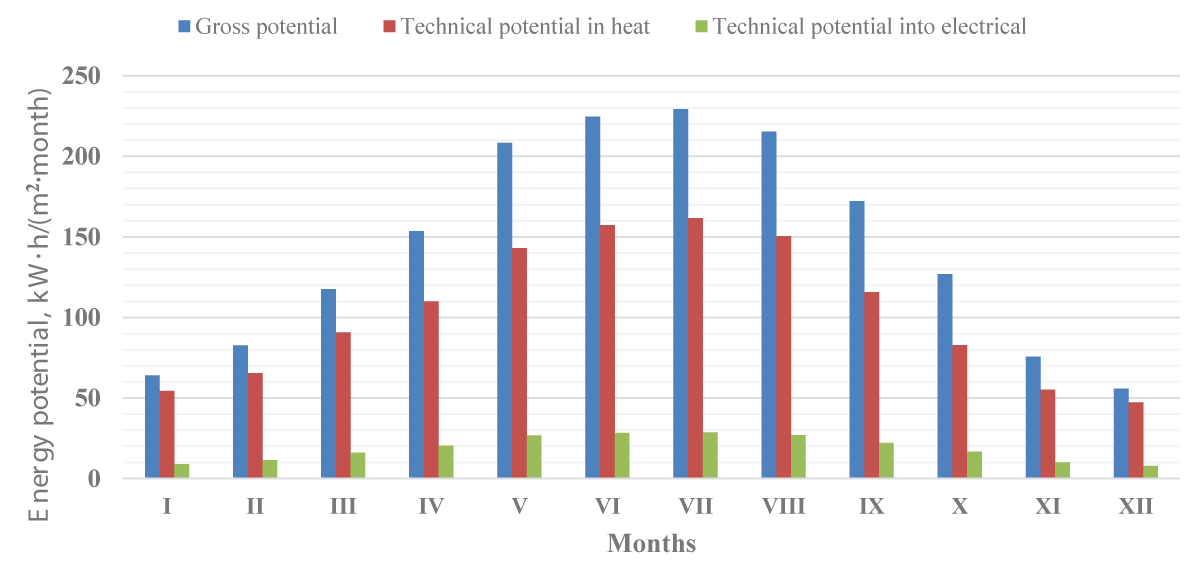Roadmap for Greening the Economy of Turkmenistan
Roadmap for Greening the Economy of Turkmenistan
As the global community intensifies efforts to combat climate change, Turkmenistan has emerged as a key player in the transition to a greener economy. By integrating renewable energy strategies, advancing hydrogen technologies, and committing to international climate goals, Turkmenistan is setting the stage for sustainable economic growth. This blog explores the nation’s roadmap for greening its economy, as outlined in “Roadmap for Greening the Economy of Turkmenistan” and its associated DOI reference.
The Global Shift Toward Decarbonization
In recent decades, the urgency of climate change has driven global efforts to decarbonize economies. The Paris Climate Agreement and initiatives such as the Global Methane Commitment emphasize reducing greenhouse gas emissions through sustainable practices in energy, industry, and transportation. Turkmenistan, as a signatory, has adopted national strategies aimed at achieving a low-carbon future by 2030 and beyond.
Key Decarbonization Goals:
- Reduce Greenhouse Gas Emissions: A 20% reduction in emissions by 2030 compared to 2010 levels.
- Net-Zero Emissions Growth: Achieve zero growth in greenhouse gas emissions starting in 2030.
Hydrogen Energy: The Fuel of the Future
Hydrogen energy plays a pivotal role in Turkmenistan’s green economy strategy. The country’s abundant natural gas reserves and ongoing investments in renewable energy provide the foundation for large-scale hydrogen production.
Hydrogen Production and Applications
- Primary Sources: Over 68% of hydrogen is produced from natural gas, with emerging potential in renewable energy-based electrolysis for “green hydrogen.”
- Key Sectors: Hydrogen is utilized in chemical processes (e.g., ammonia and methanol production) and holds potential as a sustainable energy carrier for heavy industry, transportation, and electricity storage.
Advantages of Hydrogen Energy:
- Decarbonization: Reduces dependency on fossil fuels and cuts greenhouse gas emissions.
- Energy Security: Provides a flexible energy storage and distribution medium.
- Economic Potential: Positions Turkmenistan as a regional leader in hydrogen technology.
Renewable Energy in Turkmenistan
To complement its hydrogen strategy, Turkmenistan is rapidly developing renewable energy projects. The National Strategy for the Development of Renewable Energy until 2030 outlines plans to diversify the country’s energy mix with solar and wind power.
Solar Energy Potential
The Karakum Desert region, with high solar irradiance, offers significant potential for solar power generation. Technical analyses estimate substantial energy yields, supporting both domestic consumption and export opportunities.
Key Renewable Energy Projects
- Expansion of solar and wind power plants.
- Integration of renewable energy systems with hydrogen production.
International Cooperation and Policy Frameworks
Turkmenistan’s transition to a green economy aligns with global efforts to achieve climate goals. The country actively participates in international forums, such as COP28, and has adopted progressive policies like the Law on Renewable Energy Sources to regulate and promote renewable energy adoption.
Key International Commitments:
- Paris Agreement: Implements actionable plans for emission reductions.
- Global Methane Commitment: Addresses methane emissions, the second-most potent greenhouse gas.
Economic Impacts and Challenges
Economic Opportunities
- Job Creation: Hydrogen and renewable energy projects are expected to create new employment opportunities.
- Export Potential: Green hydrogen could position Turkmenistan as a key energy exporter in Central Asia.
Challenges
- High costs of green hydrogen production and renewable energy infrastructure.
- Need for advanced technologies and international investments.
The Way Forward: A Sustainable Future
By 2030, Turkmenistan aims to become a regional leader in green energy, with a focus on hydrogen technology and renewable energy development. Key steps in the roadmap include:
- Developing hydrogen storage and transportation infrastructure.
- Scaling up renewable energy projects across the country.
- Strengthening international partnerships to advance green technology research and implementation.
Conclusion
Turkmenistan’s roadmap for greening its economy reflects a comprehensive strategy to address climate change while fostering economic growth. Through investments in hydrogen energy, renewable technologies, and international collaboration, the nation is paving the way for a sustainable and prosperous future.
Tags
- Green Economy
- Turkmenistan
- Hydrogen Energy
- Renewable Energy
- Climate Change
- Sustainable Development
- Decarbonization

Figure: Distribution of the gross and technical potential of solar energy from conversion into thermal and electrical energy in the Karakum desert zone by month per 1 square meter during the year
